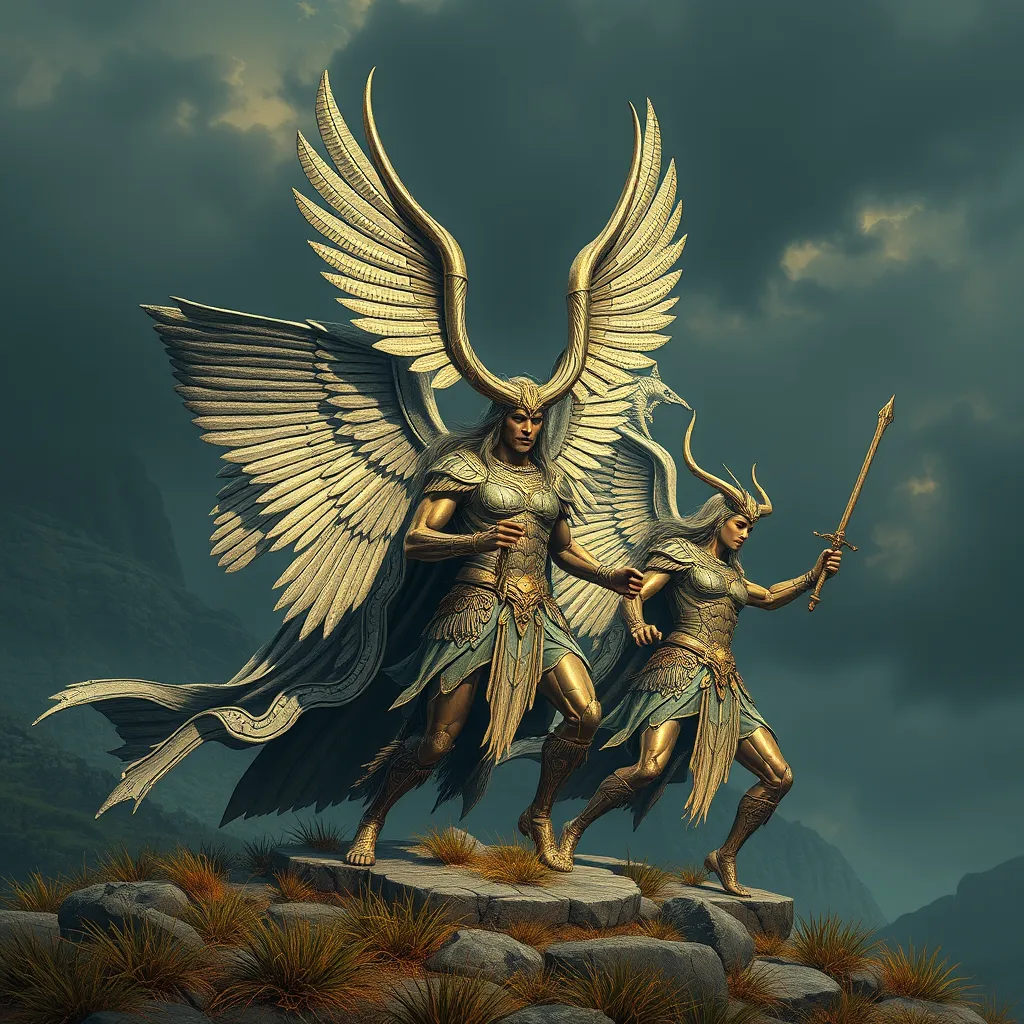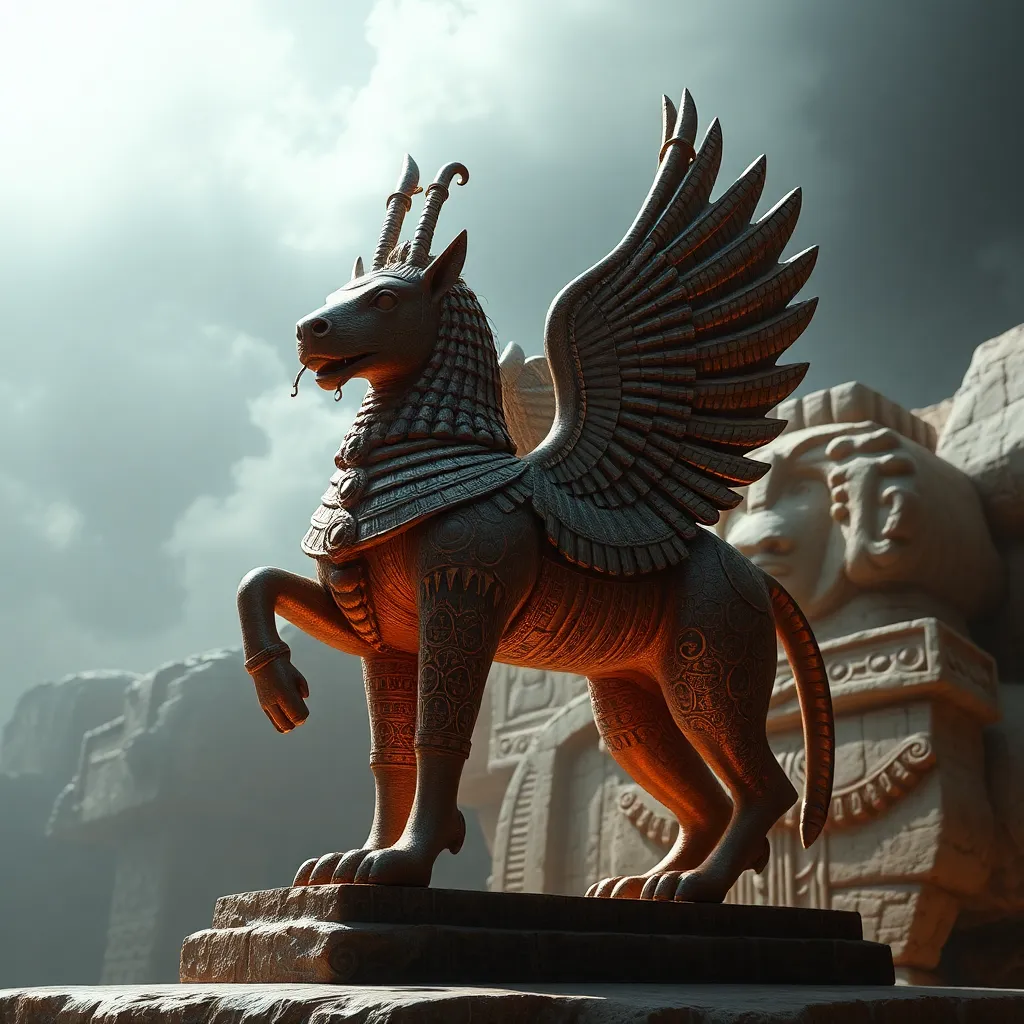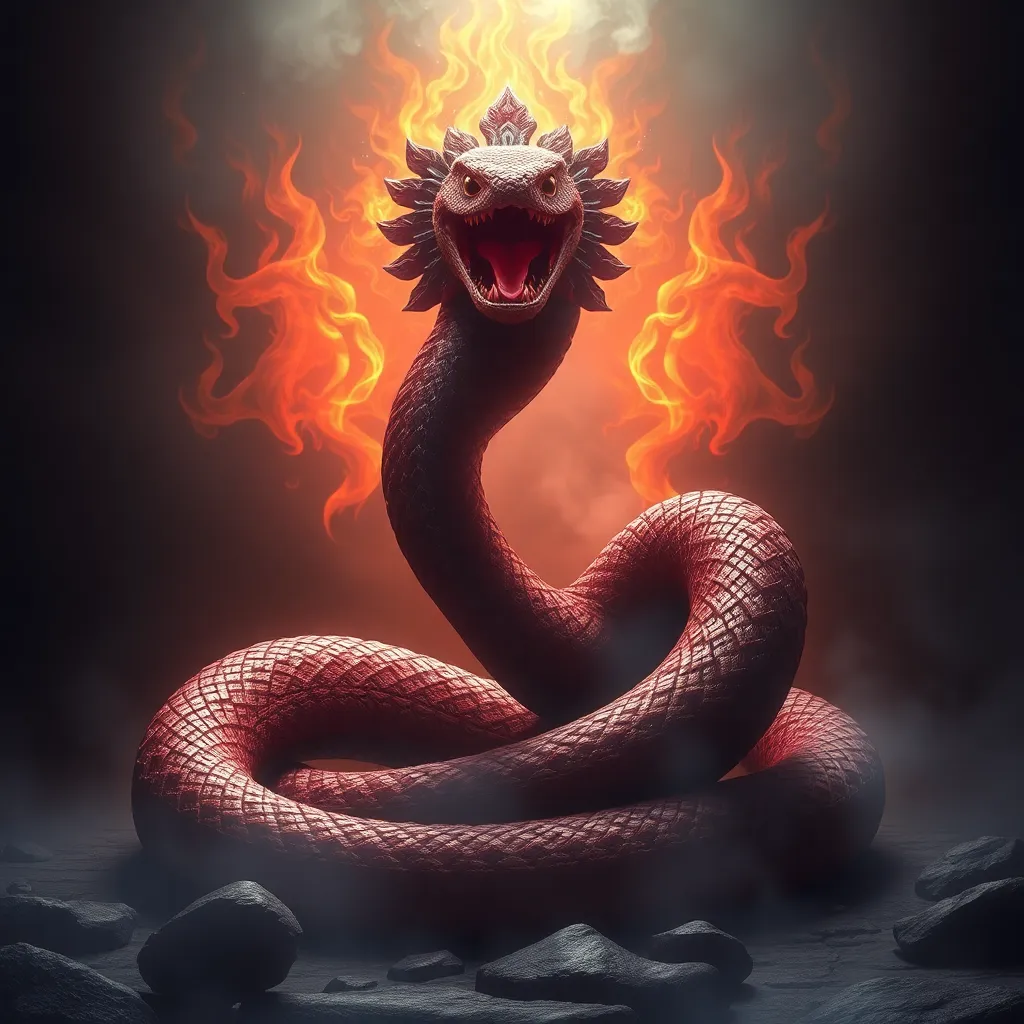Valkyries: Exploring the Origins and Evolution of the Mythical Warriors
I. Introduction
The Valkyries are among the most intriguing figures in Norse mythology, often depicted as powerful female warriors who played a crucial role in the fate of the fallen in battle. The term “Valkyrie” stems from Old Norse, translating to ‘chooser of the slain,’ reflecting their function in selecting those who would die and those who would live in combat. Their significance extends beyond mere battlefield decisions, embodying concepts of fate, honor, and the warrior ethos that permeated Norse culture.
This article delves into the origins and evolution of Valkyries, tracing their historical context, roles, and representations through time, ultimately exploring their lasting impact on modern culture.
II. Historical Context of Norse Mythology
Norse mythology is a rich tapestry woven from a variety of tales and deities. At its core, it consists of a pantheon that includes gods like Odin, Thor, and Freyja, alongside a host of other divine and semi-divine beings. The mythology reflects the values and beliefs of the Norse people, emphasizing themes of bravery, loyalty, and fate.
Women in Norse society held a complex status, often revered as powerful figures within both myth and reality. They were not only responsible for domestic duties but also participated in decision-making and could attain a degree of independence. Valkyries, as embodiments of warrior ideals, illustrate this multifaceted role of women in Norse culture.
Within this broader narrative, Valkyries serve as critical agents of fate, acting as intermediaries between the mortal world and the divine, guiding souls to Valhalla, the hall of slain warriors.
III. Origins of the Valkyrie Myth
The earliest references to Valkyries appear in ancient texts such as the Poetic Edda and Prose Edda, significant sources of Norse mythology compiled in the 13th century but based on oral traditions that predate them. In these texts, Valkyries are depicted as both warriors and mystical figures who decide the outcomes of battles.
The word “Valkyrie” itself has linguistic roots in Old Norse, combining “valr” (the slain) and “kyria” (chooser), thus encapsulating their essence. This etymology reveals their intrinsic connection to themes of death and battle, highlighting their role in determining the fates of warriors.
In early Norse culture, the connection to battle and death was profound. Valkyries were not mere spectators but active participants in the warrior ethos, symbolizing the honor and glory associated with dying bravely in combat.
IV. The Role and Functions of Valkyries
Valkyries served several key functions within Norse mythology:
- Selection of the slain: Valkyries descended upon battlefields to choose who would die and who would survive. Their decisions were believed to reflect the will of Odin, the Allfather.
- Guides to Valhalla: The chosen warriors, known as the Einherjar, were escorted to Valhalla, where they would prepare for Ragnarök, the end of the world.
- Symbols of fate: As embodiments of destiny, Valkyries represented the inevitability of death and the honor of dying in battle.
- Female empowerment: Valkyries challenged traditional gender roles by showcasing women as fierce warriors and influential figures.
V. Valkyries in Art and Literature
The depiction of Valkyries has evolved through various forms of art and literature, especially during the medieval period. Medieval art often portrayed them as ethereal beings clad in armor, sometimes riding winged horses, emphasizing their dual nature as both divine and warrior-like.
In sagas and poetry, Valkyries are frequently featured in tales of heroism and valor, reinforcing their status as central figures in Norse mythology.
Moreover, the influence of Valkyries extends into contemporary literature and media. A notable example is Richard Wagner’s operatic cycle “Der Ring des Nibelungen,” where Valkyries are prominently featured, shaping modern perceptions of these mythical figures.
VI. Evolution of Valkyrie Mythology
Throughout the Viking Age and beyond, the perception of Valkyries underwent significant changes. Initially revered as powerful figures, the arrival of Christianity introduced new narratives that often diminished their status, recasting them as mere shadows of their former selves.
The transition from pagan to Christian beliefs led to reinterpretations of Valkyries, often aligning them with demonic or malevolent forces, reflecting the broader cultural shifts of the time.
In modern times, however, Valkyries have experienced a resurgence in popularity, often reimagined in literature and media as symbols of strength and resilience, representing the ideals of female empowerment and independence.
VII. Valkyries in Popular Culture
Today, Valkyries are prominently featured in various forms of popular culture, from films to video games and comics. Their representation has evolved, often highlighting their warrior spirit and connection to themes of honor and destiny.
- Films: Valkyries appear in movies such as “Thor,” where they are depicted as powerful warrior women, embodying both strength and nobility.
- Video Games: Games like “God of War” and “Assassin’s Creed Valhalla” feature Valkyries, emphasizing their role as formidable foes or allies.
- Comics: Valkyries have found a home in comic books, showcasing their combat prowess and complex characters.
This resurgence can be attributed to a renewed interest in Norse mythology and the broader cultural conversation surrounding female empowerment in contemporary storytelling.
VIII. Conclusion
The Valkyries hold a significant place in both Norse mythology and contemporary culture, representing themes of fate, valor, and female empowerment. Their enduring legacy continues to inspire new interpretations and adaptations in literature and media.
As we explore the multifaceted nature of Valkyries, we gain insight into the values and beliefs of the Norse people, as well as the ongoing relevance of these mythical warriors in our modern world. The journey into Norse mythology is rich and rewarding, inviting further exploration of its captivating figures and narratives.



